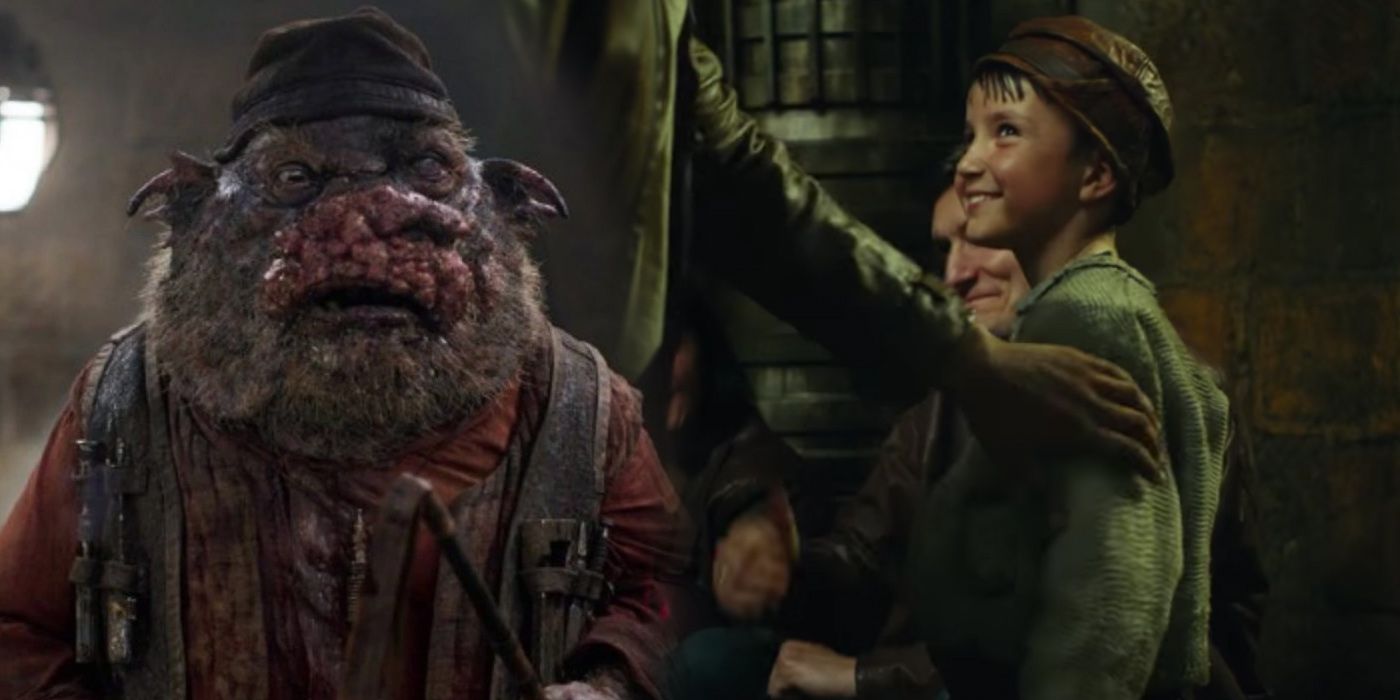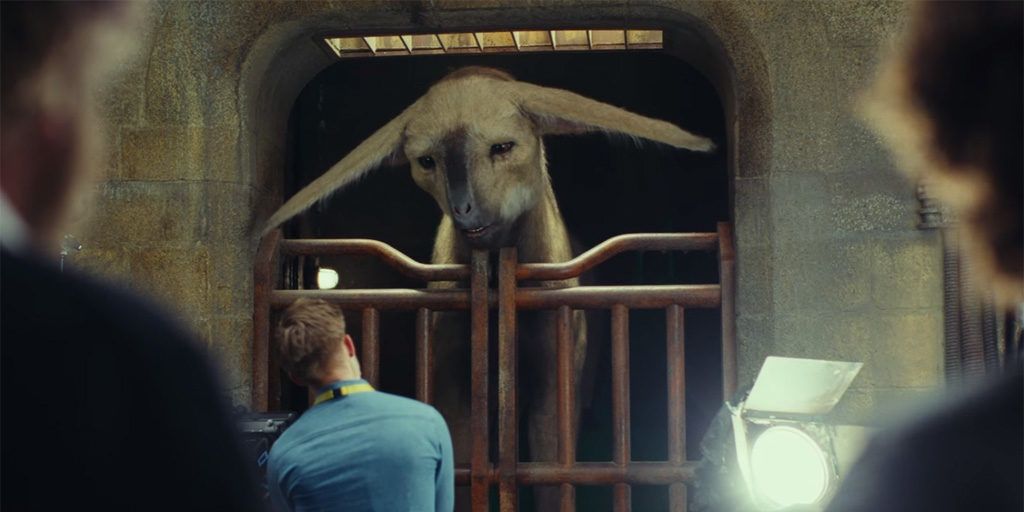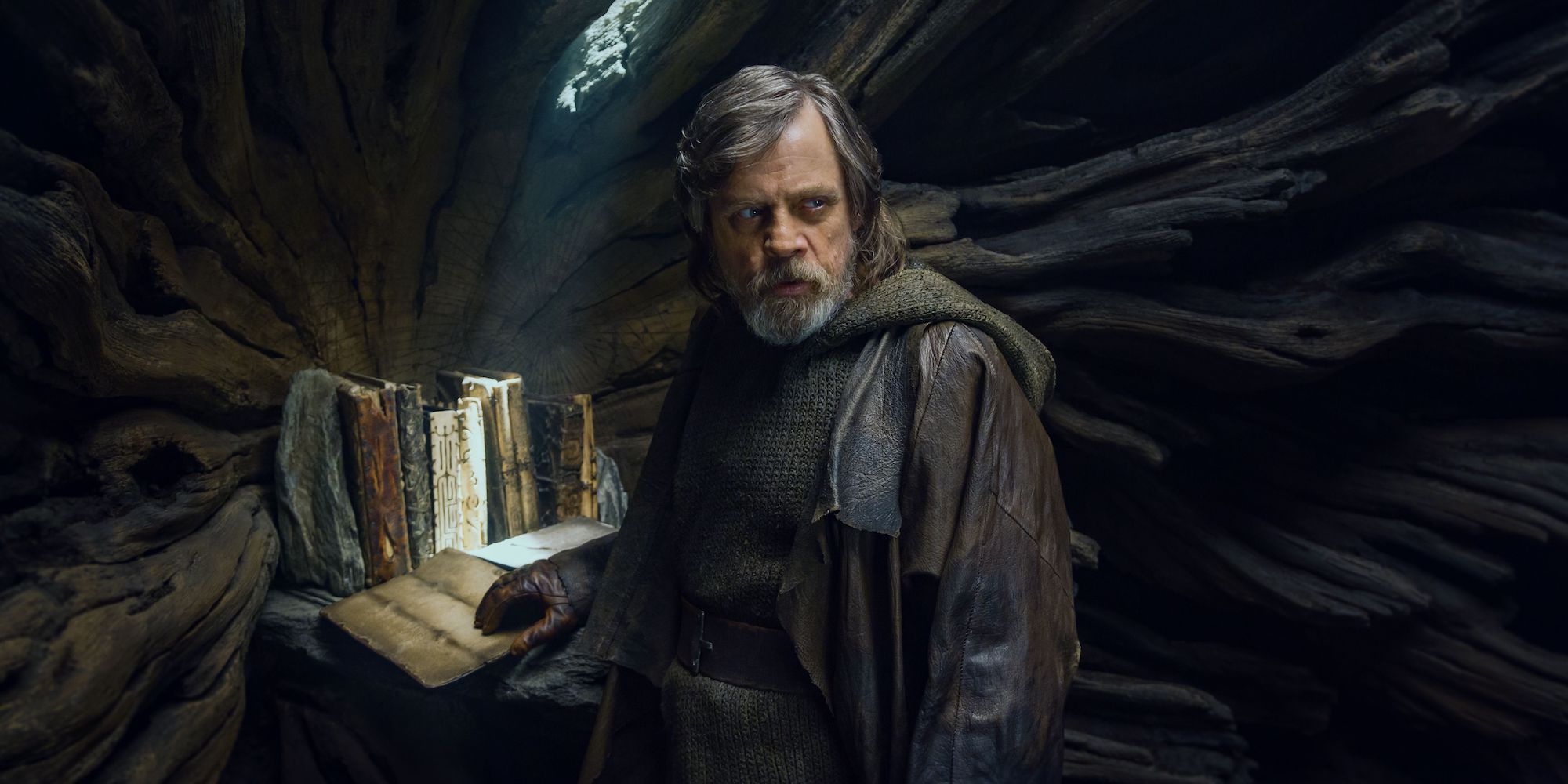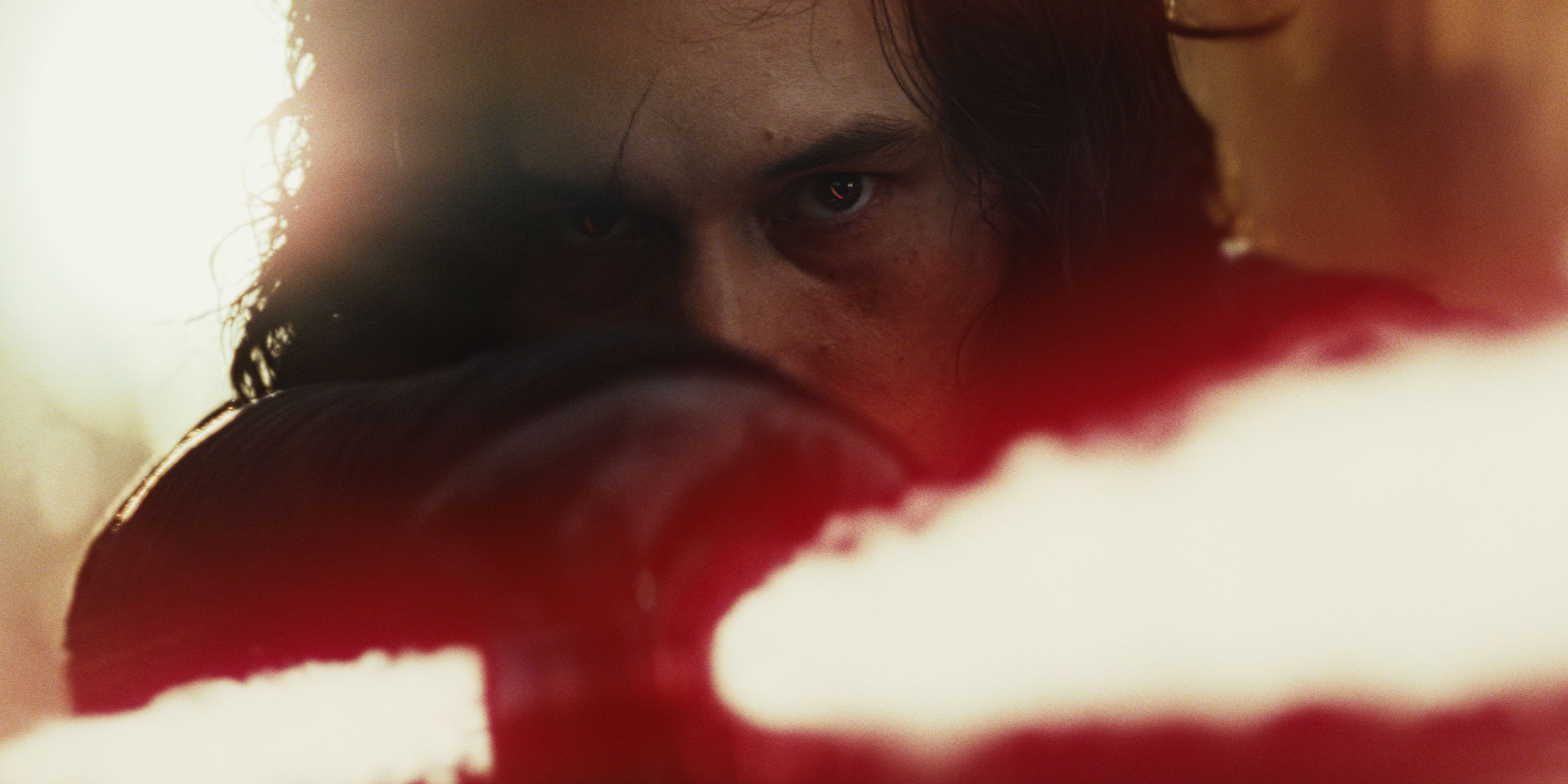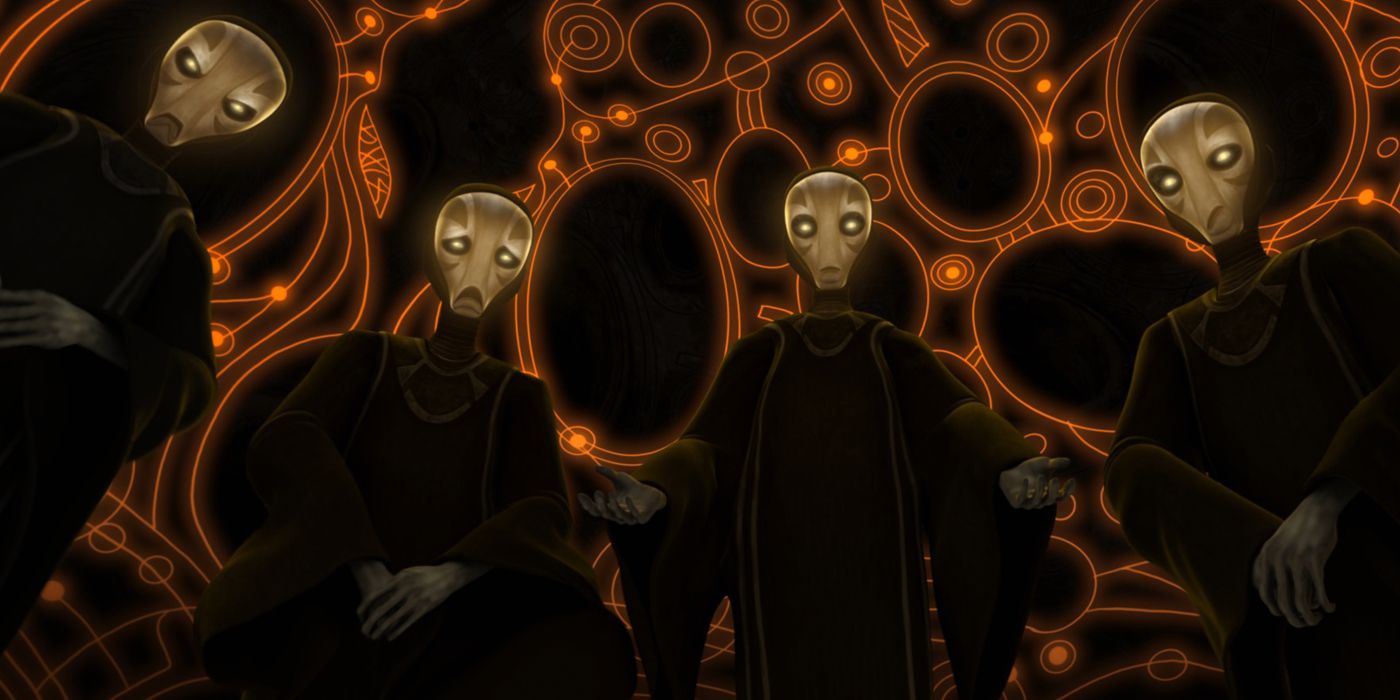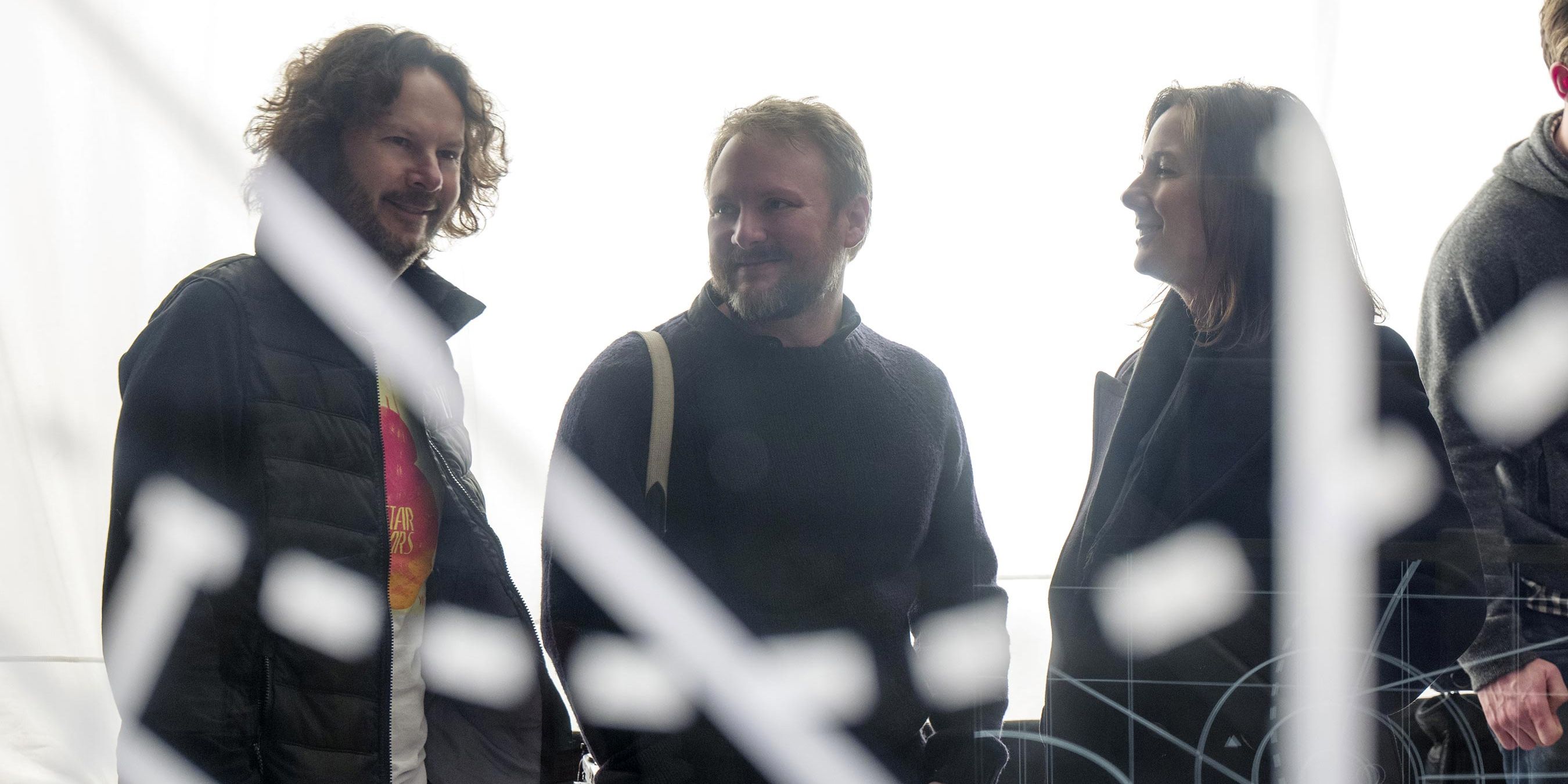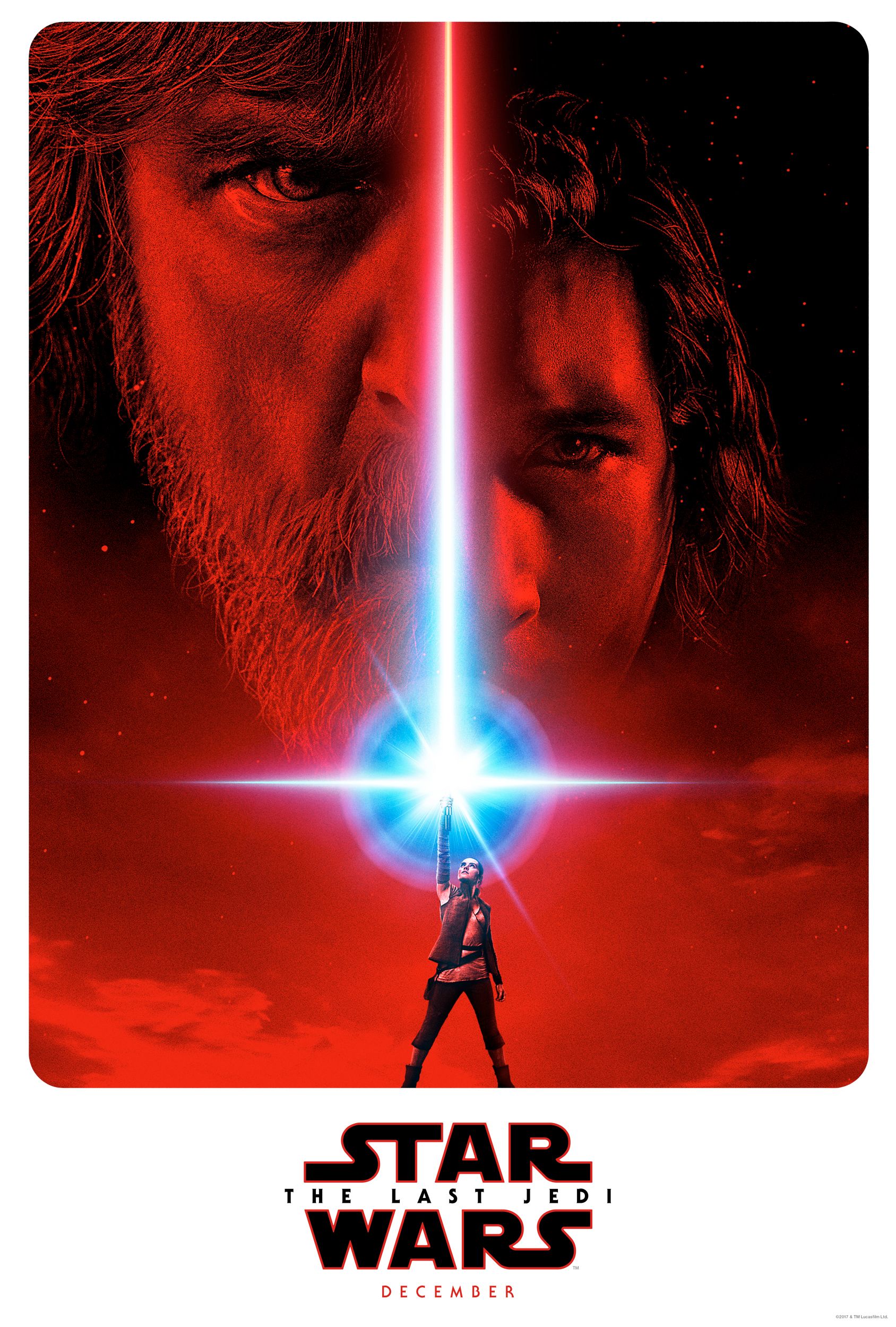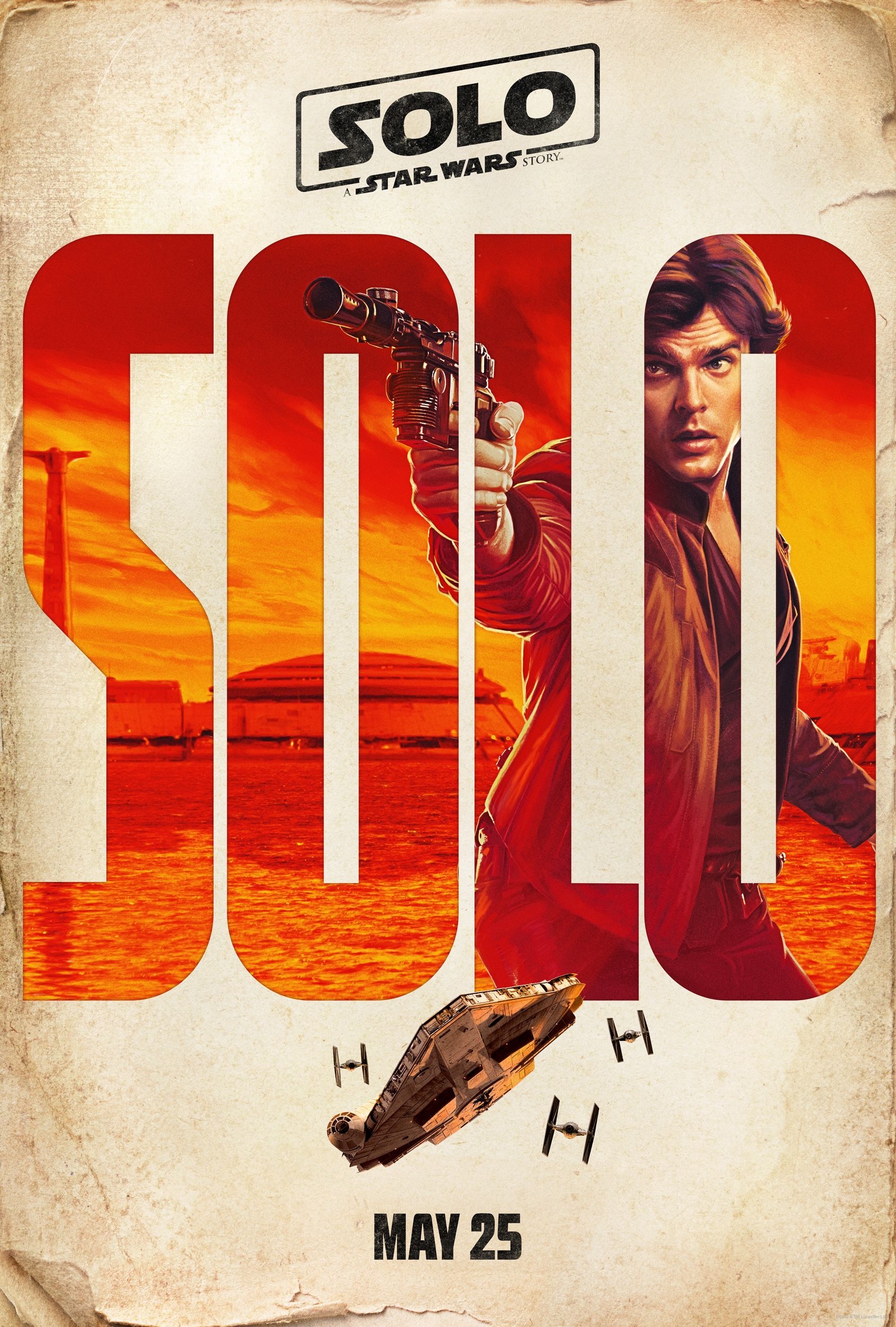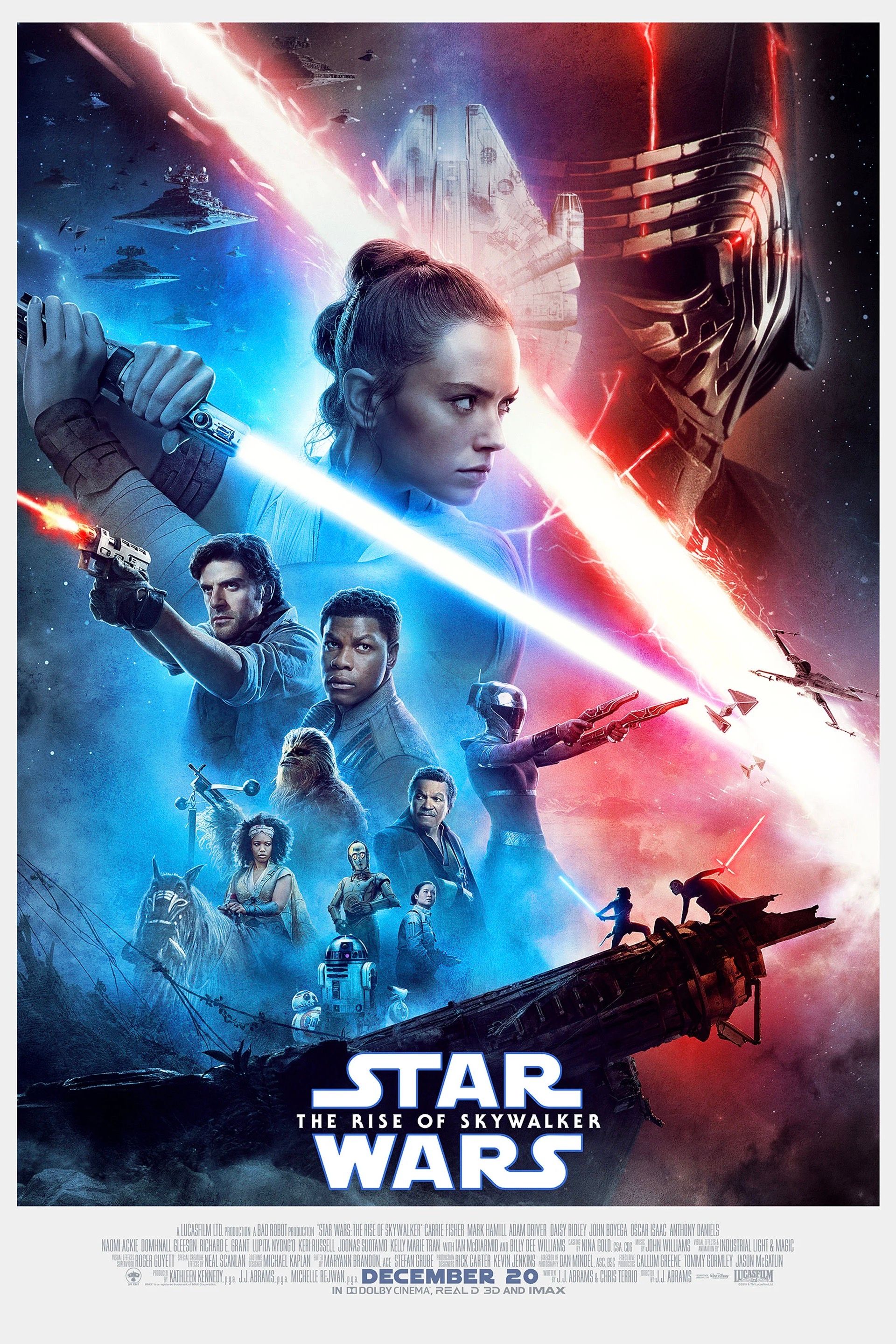Star Wars: The Last Jedi's final scene is one of the most important in the entire franchise, completely redefining what "Star Wars" actually is. Of course, Episode VIII changes the status quo of the sequel trilogy in many ways. By the time it's shocking ending has arrived, Kylo Ren's assumed the position of Supreme Leader of the First Order, Luke has become one with the Force and Rey's taken her first steps to restarting the Jedi Order.
Although perhaps the most pronounced shift is on a wider narrative scale with the confirmation that the third act of the Skywalker Saga isn't really about a Skywalker at all. After two years of fierce speculation, it was finally revealed that Rey truly was no one; her parents were just junkers who sold for drink money. It's not as elaborate as her being a Skywalker, Solo, Kenobi or Fisto, yet the ramifications are infinitely more powerful. For the first time, our hero isn't born into an immense lineage, with the only member of the clan being a character who, by his own mother's admission, is beyond redemption.
Related: Star Wars: Cameos You Completely Missed In The Last Jedi
But even that's not the ultimate game-changer. That comes at the very, very end; our story wraps up with the whole gang together on the Falcon ready for the customary closing iris, yet the film continues for one more scene: the most important scene in all of Disney Star Wars.
What The Canto Bight Children Mean
The Force-Adept Kids on Canto Bight Are The Future
We cut back to Canto Bight. Now, this location was secondary to the main plot, an opulent cantina-esque backdrop to Finn and Rose's codebreaker mission. Or was it? Through their ransacking of the warmongers, we get shown more partisan political angle to the good-evil fight, something that's further upturned by DJ's self-aware immorality. However, what's really most important is the kids; they're first seen being abused by their master Bargwill Tomder as an early indication at Canto's dark underside, and later help Finn and Rose on their Fathier rampage.
This final scene returns us to these kids - called Temri Blagg, Arashell Sar and Oniho Zaya per The Visual Dictionary - reliving the story of Luke's showdown of Crait. Tomder bursts in and scatters them back to work. We follow Blagg, who uses the Force to attract his broom and, after some half-hearted sweeping, stares up at the sky, possibly seeing the Millennium Falcon zipping through hyperspace, before he holds the stick up like a laser sword, imagining his future as a Jedi.
The base meaning of the scene should be obvious. This is a callback to Luke in the original Star Wars longing for a future away from Tatooine - hammered home by the Jedi's death moments earlier imagining his home's twin suns (Blagg seeing the speeding ship is also a nod to a deleted scene from the original film where Luke watched the opening space chase from the planet's surece) - and an overt sign that there are candidates out there for Rey's Jedi Order. It's a hopeful end to a movie that's put immense strain on our heroes, teasing the continuing cycle of the rebellion, the Jedi and all that is good (again, a personification of Luke's arc).
Related: A Few Remaining Unanswered Star Wars Questions After The Last Jedi
But for that to be the only takeaway misses so much of what The Last Jedi has been doing for the previous two-and-a-half hours.
The Kids Round-Off The Last Jedi's Anti-Skywalker Message
To say The Last Jedi dislikes the Skywalker clan would be unfair, but the film makes clear that simply being of the bloodline doesn't define you as great or important. Luke is a hero in the film because of his actions, not his father, and the converse is true of Kylo Ren as a villain. Likewise, Rey is our main hero despite coming being a nobody. Her arc plays against Rose coming from ignominious and legend-worshipping origins (that second part's going to be important) to paint the idea that heroes can be anyone from anywhere.
These Canto Bight children serve as a stamp to this, showing that future generations of heroes aren't Kylo's kids or some other form of Skywalker next generation. They're regular people, with knowledge passed through deeds not genes. This is what Star Wars always proclaimed to show: we started following two servant droids, who were then passed into the hands of a protagonist who isn't predestined for greatness - the hero's journey narrative that Lucas followed has conventional destiny in a meta sense, but not within the actual narrative. However, Star Wars slowly developed that trope as it evolved into "The Tragedy of Darth Vader", which something Johnson works hard to upend, clearly underscored by the kids.
Although if you just think the director has just gone back to the past, you've not been paying attention.
The Last Jedi Is About Letting The Past Die
The Last Jedi is about many things - a major shared throughline to all the characters is learning from failure - but above all it's about progression. Star Wars, with its generation transition built into the episodic structure, has always played with the balance of past and future obsession in favor of living peacefully in the now, right back to Luke's sunset gazing: it was Yoda's initial hesitance about training the young Skywalker ("All his life has he looked away - to the future, to the horizon. Never his mind on where he was - what he was doing."); Qui-Gon's first lesson to Obi-Wan was that while he should be mindful of the future, it shouldn't be "at the expense of the moment"; and Luke repeats Yoda's lesson to Rey in Episode VIII.
Related: The REAL Meaning of Yoda's Final Words
As Kylo Ren tells Rey, "let the past die, kill it if you have to". Luke, most heart-breakingly, understands that his greatest gift is sacrifice to help the future grow. Leia learns to give Poe's new ways a chance. Finn and Rose literally tear down a conflict-spanning establishment. Kylo and Rey both lose masters to move forward, although their appreciations of the past - to destroy or to learn respectively - differentiate them. With Rey learning her obsession with her parents is what's holding her back, the message is to not be afraid of moving beyond.
But it's not just within the narrative this is true. The Force Awakens was very much basking in the franchise's former glory, but The Last Jedi wants to evolve it. We lose Luke, get a villain eviler than Vader, and have the Skywalker saber - the primo symbol of the past - destroyed. It's evolving the franchise. Indeed, it's incredibly fitting that Rian Johnson is set to next direct the first entry in his totally disconnected trilogy.
The kids, then, are a break from structural tradition, with them part of an "aside ending", and obviously they shake up the Skywalker status quo. But it's what they mean to the basic storytelling that's so interesting.
Star Wars Is No Longer The Journal of the Whills
To fully understand what's happened, we need to go back to the start of what Star Wars was conceived as; after all, so much of what Johnson's done with the anti-Chosen One angle is to put us here. The inspirations George Lucas had are plentiful and evident in the finished work - Flash Gordon and The Hidden Fortress primarily - but what he distilled them down to original was a multi-part epic known as The Journal of the Whills, of which Star Wars just a volume.
Related: It's Probably Time For A New Jedi Order in Star Wars
Quite exactly what the grand plan was, Lucas never said, but it was understood the Whills were an ancient species documenting the galaxy far, far away for our modern, Earth-bound audiences. This was made less abstract over time; even after the titling was dropped to become the purview of die-hard fans (the film was originally called Adventures of Luke Starkiller, as taken from the Journal of the Whills, Saga I: The Star Wars), it was long suggested by Lucas that the entire saga was still a story being told by R2-D2 to the Whills many centuries after the fact. The point of all this is that we were dealing with something grandiose; a legend of the gods.
But with these kids, we see something different. Ignoring C-3PO telling the events of the original trilogy to the Ewoks in Return of the Jedi (a singular payoff to his self-deprecating claim he's "little more than an interpreter and not very good at telling stories" from two films earlier), this is the first time we've seen the events of the saga being recounted as non-expositional stories. Put in the context of the changes discussed, in seeing Star Wars told not by an immortal to some ethereal species, rather one totally normal person to another, we're seeing that very initial fabric recut. The myths being shared around aren't of divine origin, they are just regular stories. Star Wars is still legend, but it's told by different people, with different viewpoints.
Rian Johnson Has Redefined George Lucas' Vision
The meta nature of this should be evident from the recent shifts in the franchise. George Lucas was the Whills, telling his "pure" story from the stance of creator, whereas the Disney-era directors are the children, those who've lived with this universe and grown to become storytellers with unique angles. Anthologies, new trilogies, but even how we angle the saga episodes; it's all changed and now comes from a different ideology. The Last Jedi reflects that in-continuity.
One of the biggest questions around the sequels has been how they justify existence beyond the purposeful first six entries, and the answer has come not with a reveal Snoke is Darth Plagueis but the reveal this is a full world of complex heroes and villains (and not an incestuous family feud). That's implicit from the moment Rey says she's "no one" in The Force Awakens, but The Last Jedi's final scene goes further, making this now a galaxy-spanning story as much as it is a generational one.
Some are sure to say that every step of this is somehow offending the past - change for the sake of change or a weakening of one of the defining modern myths - but that's almost embodying the past obsession the film is forsaking. If Star Wars is going to continue, it needs to become something more, and that's exactly what Johnson's done.
-
Star Wars: The Last Jedi is really a frank exploration of how storytelling practice evolves without actually undermining anything that came before. Temri Blagg probably isn't the future explicitly, but what he represents completely redefines the franchise.
Next: Star Wars Theory: Is Snoke The FIRST Jedi?

